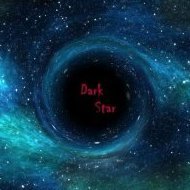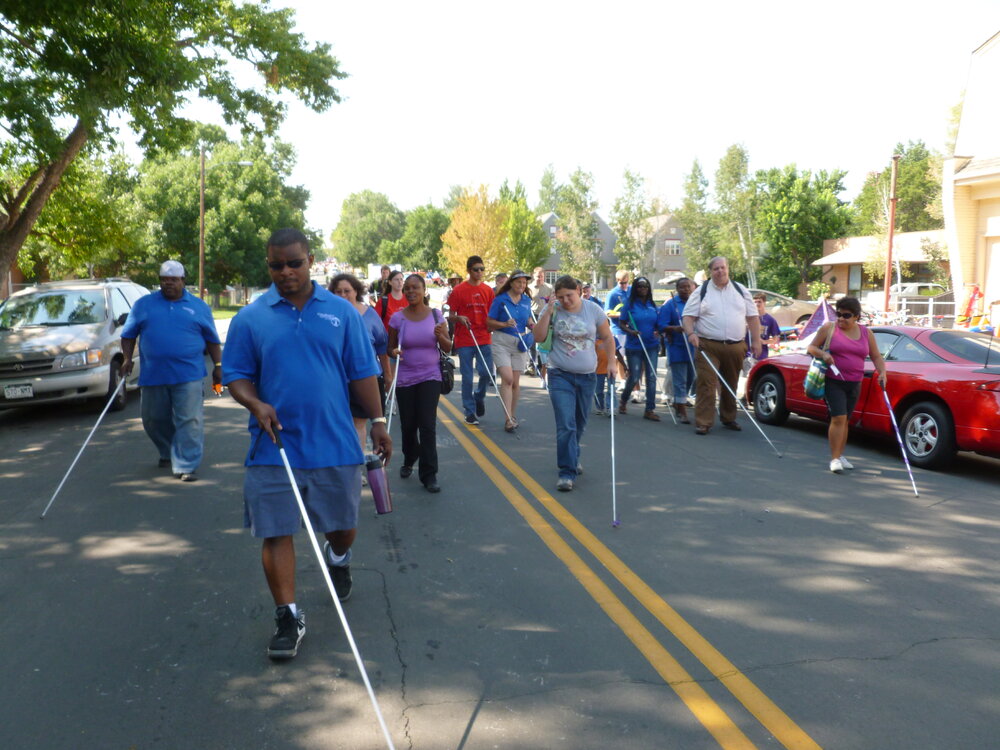-
Posts
1,396 -
Joined
-
Last visited
Content Type
Profiles
Blogs
Forums
American Weather
Media Demo
Store
Gallery
Posts posted by Dark Star
-
-
16 minutes ago, Brian5671 said:
Frosty here 32-no frost warning though
Not sure, maybe becasue the growing season has not officially started?
-
19 hours ago, LibertyBell said:
where did this storm sneak in from? earlier forecasts had today as sunny
I suppose the official forecast was based solely on the models?
-
3 hours ago, LibertyBell said:
as long as it's sunny it won't really matter if it's cold for a few hours during the early morning hours... I am SO happy it's going to be sunny next week either way.
Low 60s is mighty nice...
-
 2
2
-
-
23 hours ago, bluewave said:
My guess is that the backdoor prevented us from reaching 90° this week. The long range models had mid 80s for Wednesday into Friday before the backdoor appeared in more recent forecasts. So they probably would have been at least 5°+ too cool like we have seen on the original long range forecast for yesterday.
Of course the long range models also predicted feet of snow for NYC several times this past winter?
-
 1
1
-
 1
1
-
 1
1
-
-
4 hours ago, TheClimateChanger said:
Interesting. I don't see much evidence for this, but [assuming you are using data from first-order sites to draw this conclusion] it seems to coincide with the move to automated weather observing systems.
Based on a study of 76 first-order sites from September 1, 1994 to August 31, 1995, ASOS averaged +0.79F COOLER* than the temperatures measured from conventional hygrothermometers - more specifically 0.90F COOLER for daytime maxima and 0.66F COOLER for overnight minima. Of the 76 sites studied, all but nine had a cooling bias with the installation of the ASOS. The study estimated +0.53F as a systemic bias, with an additional +0.37F bias due to improper solar shielding in the conventional hygrothermometer in the daytime, and an additional bias of +0.13F [but variable] for overnight temperatures resulting from the move of the station from sites close to airport buildings to more remote areas of the airport by the runways.
What's interesting to me if you look at the temperature traces from first order sites today, it's warmed so much that this step change of nearly 1F is not even detectable. Can't help but wonder if the change in instrumentation isn't at play here if the data truly shows a decrease in heatwave length. It's certainly WAY hotter nowadays than it used to be in the summertime.
Source: https://climate.colostate.edu/pdfs/climo_rpt_96_2.pdf
Edit: Sorry, originally had warmer here. Just got the comparison mixed up, should read cooler.
Speaking from a suspect memory, I seem to remember heat waves in the 1960s and 1970s, but then we would get cool fronts in between. Now it seems it gets hot, then hotter, then back to just hot?
-
 1
1
-
-
19 minutes ago, Cyg said:
There's no bad weather, only bad clothes.
Stadiums can exaggerate the winds. I suppose if I wore a bubble jacket like George Costanza...
-
1 hour ago, MJO812 said:
I am
I like this weather
I probably almost passed out last summer in Philly watching the Mets, no joke it was too hot. Now it would be too cold for me.
-
 1
1
-
-
2 hours ago, MJO812 said:
Just arrived to the game
Have a jacket on
Chilly
I would have taken a winter parka, just in case the winds whipping around the stadium were too much?
-
1 hour ago, dmillz25 said:
Im going too to the game
Awful day outside, hopefully it warms up some for you. Walking the dog was unbearable, but then again, I hate the wind...
-
 1
1
-
-
-
Did I observe Stephanie Abrams correctly on the weather channel yesterday, standing in a grove with benches UNDERNEATH picnic awnings for eclipse viewing???? What were the picnic awnings set up for?
-
13 hours ago, JetsPens87 said:
Yea I understand the sea breeze. But that is largely overcome on that heat island in July at peak heat climo.
It is a non factor once off the boardwalk anywhere else at that point.
Sometimes it's more orientation. Nearer towards the Turnpike, Tremley Point Road in Linden is usually a windy place. Not sure if the wind is drawn in from Raritan bay?
-
 1
1
-
-
2 hours ago, JetsPens87 said:
With a W or SW wind (the highest probability of major heat) how is the ocean to our E affecting that airmass?
For NYC proper, they are close enough to the ocean for Seabreeze cooling effects. When land heats up, it rises. The "missing" air at the surface has to be replaced. If you are close enough to the ocean, cooler air along the surface will rush in. Morristown NJ may be far enough west not to be affected by an afternoon sea breeze.
-
I have to chuckle at all the social media posts, telling you to keep your pets inside with the shades drawn! When was the last time you saw a dog stare at the sun? When was the last time you saw a bear walking into a tree?
-
 1
1
-
-
9 minutes ago, Brian5671 said:
any models show T-storms?
I think there was a chance of a thundershower?
-
8 minutes ago, Brian5671 said:
So don't tell me. The main energy was transferred to the coastal (secondary low), eliminating the precipitation that was supposed to accompany the original primary low (or series of additional lows), which many of the models did not pick up on 48 hours out?
-
6 minutes ago, winterwx21 said:
Thank goodness they're doing the right thing today after yesterday's debacle. I still can't believe they made fans wait 2 hours last night and then postponed the game just as the rain was ending around 9pm.
It's not the first time. Even with different ownership and front office people, they don't know the recent history of making poor judgements affecting the fans?
-
 1
1
-
-
31 minutes ago, Allsnow said:
I thought I had been following this system, and could have sworn the general concensus was for heavy rains Wednesday and Thursday? Now it seems Thursday may not be a washout? What has changed?
-
8 minutes ago, RedSky said:
The wind from the wake low is reeking havoc here. Siding off houses etc.
I am humbled (yet again) by the term "Wake Low". Seems I have been away from meteorology too long...
-
 1
1
-
-
Just now, coastalplainsnowman said:
For a short time, definitely a teeny tiny frozen center in the precip pelting my windshield about 45 min ago.
Thought it was just me. I've been noticing that on my window in Linden, NJ all day. Interesting, the temperature is in the 40s all the way to the southern point of Hudson Bay, yet in the mid 30s in the Catskills. Based on that simplistic observation, I wonder if this WAS January, and there was actual REAL cold air to the north (unlike the past many winters), that this system couldn't potentially produce snow in the NYC metro area?
-
 1
1
-
-
1 hour ago, SnoSki14 said:
Strong easterly jet ahead of secondary. Powerful winds near inversion.
What's not to get
The High Wind Wanring is one thing, the additional warning to stay in your basement and away from your windows almost sounds like it would be for a Tornado or Hurricane?
-
 1
1
-
-
I'm sure the NY Mets organization contracts a meteorological company. So what were they looking at yesterday? Sure, the rain was going to slacken off a bit after 8 PM last night, but the game was scheduled for 7:05 PM. Even if it stopped raining completely, there were going to be sporadic showers, after it rained all day. I understand that they are playing an unbalanced scheduled, where they won't be playig Detroit again this season, but you must consider fans that are driving from 2.5 hours away (albeit 35 miles). This isn't the first time this organization screwed the fans. By noon, they should have at least issued a statement that any fan with tickets not coming to last night's game will be refunded (regardless if the game is played or not). Instead, they held the ticket holders hostage, I guess to pay for their $30+ million dollar a year shortshop? Disgraceful. Do they refund the ridiculous parking fees?
-
14 hours ago, LibertyBell said:
ultra violet rays man, they can penetrate the skull....
(jk)
My hearing wasn't affected by the eclipse, just lost it, like my ability to make much sense these days...
-
 1
1
-
-
1 hour ago, LibertyBell said:
People from NY are panicking for some reason in the other eclipse thread..... are the chances of clouds in the totality region getting higher? Specifically talking about Syracuse and the area just north of there.
wow Lee Goldberg talking about cloud cover moving in for next Monday too-- but he said it looks like high clouds for now.
Just read that 33% of people are unaware that looking directly at the Eclipse can cause retinal damage. In 1970, I dared to take a glimpse, after miserably failing at the pinhole through cardboard "scam" technique, and now I was diagnosed with a 20% hearing loss in one ear.
-
 3
3
-





April 2024
in New York City Metro
Posted
I would think fear of flooding basements is a higher priority to planting vegetables for some?